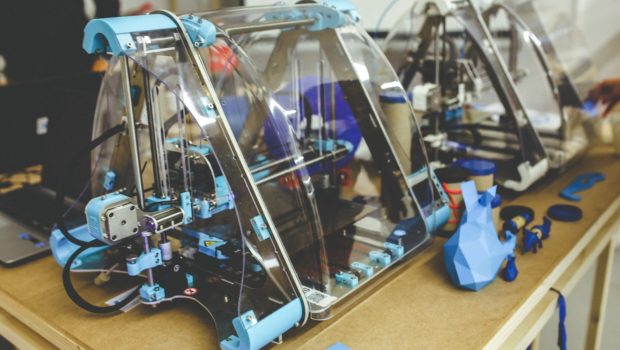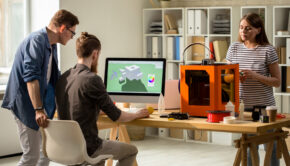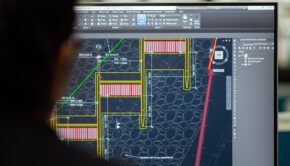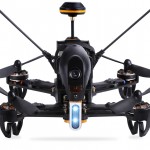The Advantages and Disadvantages of 3D Printing – A Beginner’s Guide to 3D Printing/Additive Manufacturing
If there’s one industry that has been on a steady incline for years now, it’s the 3D printing industry. However, this wasn’t always the case:
In fact, up until a couple of decades ago, only the governments and certain high-end tech companies had access to a 3D printer. However, fast forward to more recent times, and you can see that’s no longer the case.
As per a recent Grand View Research report, almost 1.42 million 3D printers were shipped in 2018. Moreover, the same report predicted that the said number would touch the 8 million mark by 2027.
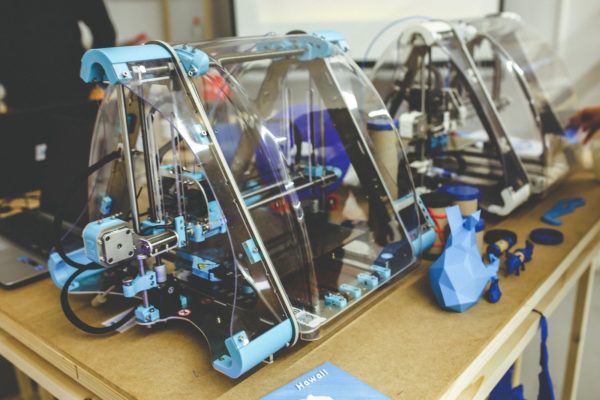
It’s safe to say that the rising popularity of 3D printing in manufacturing and other industries has opened the door to many possibilities. However, it’s important to note that despite boasting a plethora of perks, 3D printing surely comes with its fair share of cons:
And therefore, in this article, we will introduce you to the concept of 3D printing, its applications and list down the advantages and disadvantages of this technology.
3D Printing – What You Need to Know
3D printing or additive manufacturing refers to creating three-dimensional objects by taking input from a digital file. The additive process is employed to ensure the printing of a 3D object.
For those of you unaware, the additive process indicates a method in which successive layers of material are added up to form an object. An individual layer, in this case, is viewed as a slashed cross-section of the end product.
On the other hand, subtractive manufacturing refers to cutting out a piece of material to obtain the required object.
The online 3D printing process comprises the following steps:
- Use CAD software to craft a 3D model/blueprint.
- Create an STL file or download one from a credible website.
- Export the .STL file by subjecting it to a slicer software.
- Print the file.
Applications of 3D Printing in this Day and Age
As stated above, 3D printing was once strictly reserved for high-end tech industries and governments. However, with the advancement in the said technology and an increase in the availability of the relevant materials, 3D printing is now used in several applications across different fields. Some examples are listed below:
- Manufacturing: Due to the rapid prototyping technology gaining traction across the world, several materials have surfaced that one could directly manufacture. This is where the 3D printing industry strives to help. For components that don’t need to be produced in bulk, 3D printing can help manufacture them at low costs.
- Medicine: The use of 3D printing for producing prosthetics is widely known throughout the world. Moreover, what’s even more helpful is that children on the verge of growing up can have a new prosthetic 3D printed for them at regular intervals. Additionally, 3D printing is used in the medical field for producing artificial organs.
- Education: With multiple educational institutes endorsing the 3D printing technology, it has become easier for students to print out different objects they would be working with in the class.
Additionally, the construction, automotive, industrial art, space, and several other industries have opened their doors to this revolutionary technology.
Advantages of 3D Printing
Now, this is the part you have been waiting for. Given its applications, there’s no doubt that 3D printing boasts tons of advantages. Let’s list the main ones here:
#1 Huge Room for Creativity and Customization
Unlike traditional manufacturing, 3D printing is a lot more flexible and presents you with many customization options. You can specify the measurements of the item to be printed. All you need to make sure is that the item dimensions are in line with the build volume of the 3D printer.
Since this technology doesn’t involve a cutting or molding phase, you can showcase your creative vision in its entirety. The technology in question supports almost every shape and design you can think of.
#2 High-Paced Prototyping
One of the main reasons why several industries have encouraged 3D printing is that it can produce parts rapidly. This, in turn, improves the pace of the prototyping process. Moreover, the fact that 3D printing doesn’t cost a fortune is a bonus.
Overall, the rapid and low-cost prototyping results in the formation of parts in a matter of hours, which helps in the quick completion of all design modifications.
#3 Economical and Environmentally Friendly
3D printing isn’t a multi-step manufacturing process. It does its job in one go. Therefore, it saves one money that they would otherwise spend on various machines to complete different manufacturing stages.
Additionally, 3D printing brings down material costs because it only requires the amount sufficient for manufacturing a part. The lack of material wastage makes 3D printing an environment-friendly technology.
#4 Print as Required
Among the things that make 3D printing stand out, a prominent one is that it encourages saving costs and space since you aren’t compelled to print in bulk. Every 3D design file is located in a virtual library. When you have to 3D print it, simply find and print it. Additionally, the said technology allows you to make design edits without breaking the bank.
#5 Readily Available
It’s 2021, and the availability of 3D printers among local service providers is increasing steadily. Not only does this save time but also costs previously reserved for transportation purposes.
Disadvantages of 3D Printing
Despite its potential, there are certain disadvantages associated with the use of 3D printing:
#1 Lack of Materials and a Restricted Build Size
Yes, you can indeed produce objects of varying shapes and sizes via 3D printing. However, that doesn’t change the fact that there isn’t an ocean of raw materials supported by such a printing device. Not every metal and plastic can be subjected to 3D printing.
Moreover, owing to their small-sized print chambers, a restriction is placed on the volume of components that can be manufactured. In case you need to print something bigger than what the print chamber allows, you will have to print it in multiple parts and then glue together all the pieces. This can warrant extra time and expensive costs.
#2 Lack of Support for Printing in Bulk
While 3D printing edges out traditional manufacturing in more ways than one could imagine, the latter is still a more convenient option for bulk production. In 3D printing, the cost per unit doesn’t lessen with the increase in the unit count.
#3 Bad News for Manufacturing Jobs
While being a single-step manufacturing process is one of the strengths of 3D printing, it’s also a weakness. This technology eliminates the need for a human workforce because it carries out most of the tasks via automation.
Additionally, post-processing and slight inaccuracies in the printed product can be inconvenient as well.
Conclusion
There’s no denying that 3D printing has served as a game changer over the last few decades. While there are uncountable reasons why you should endorse this technology, there are certain disadvantages that you need to take into account as well.
In the end, the use of 3D printers is increasing by the day. The creativity and flexibility it offers alone make this technology a must-try.

